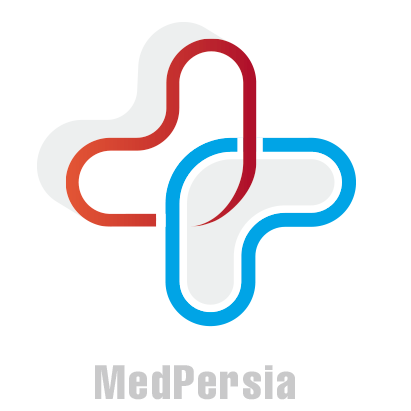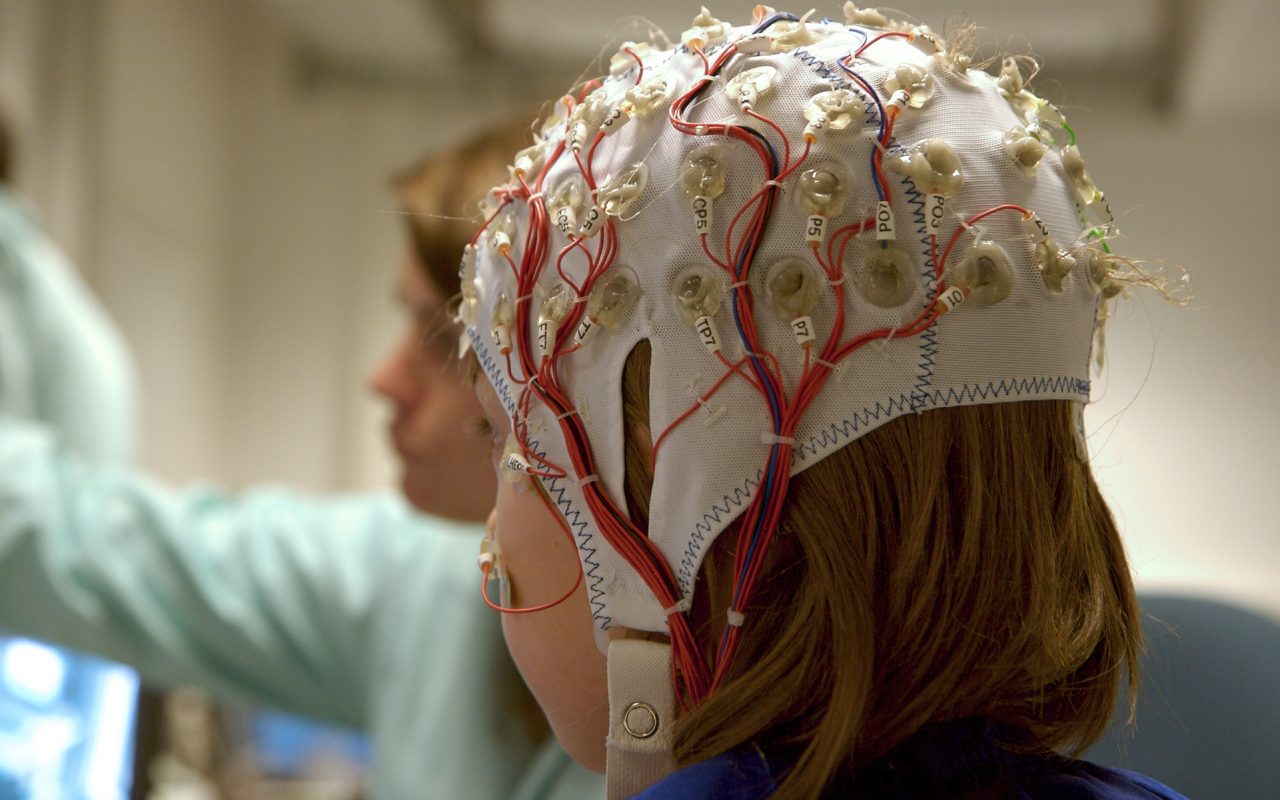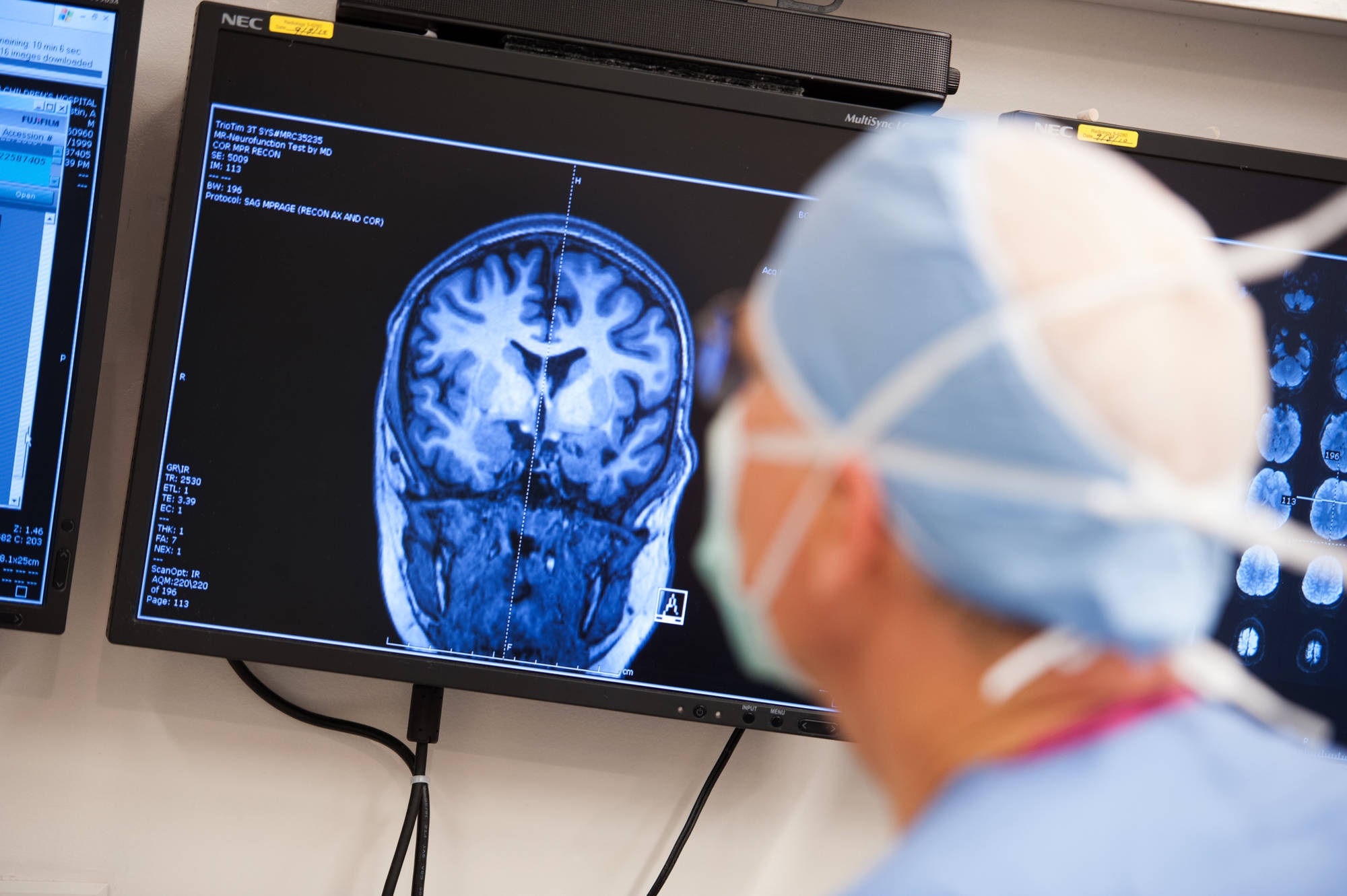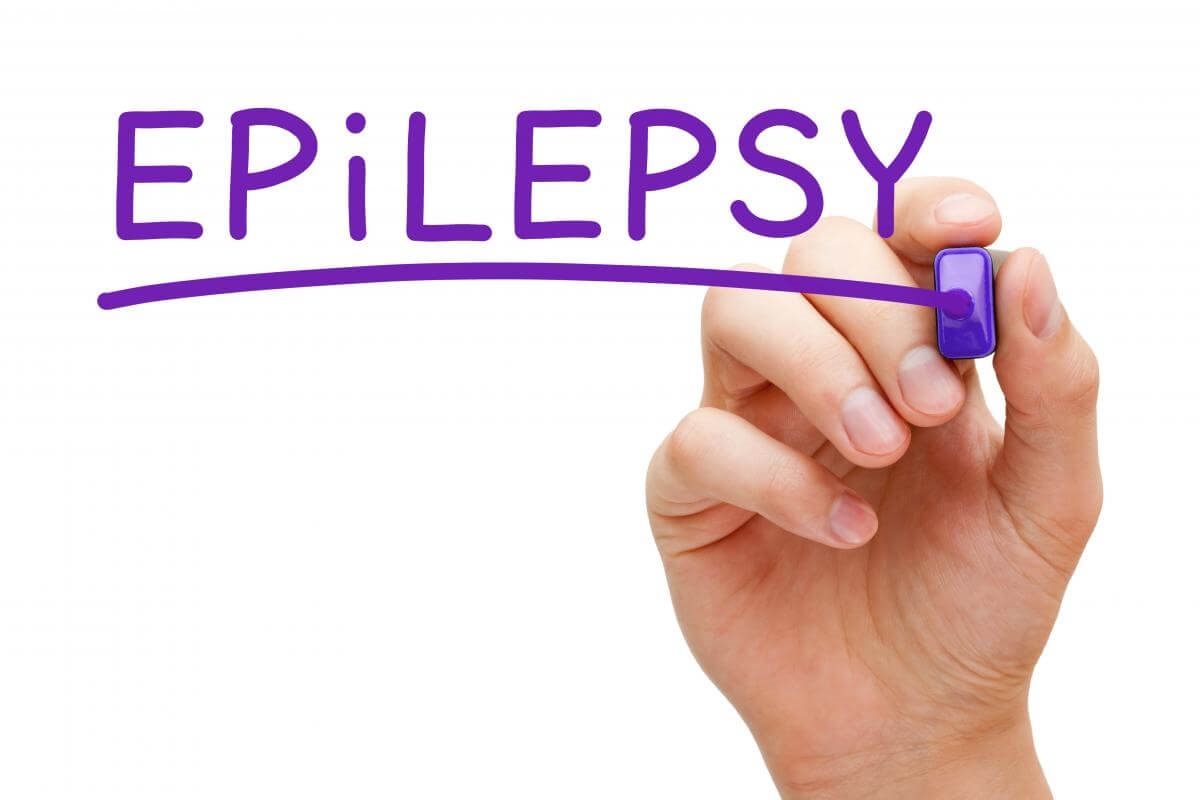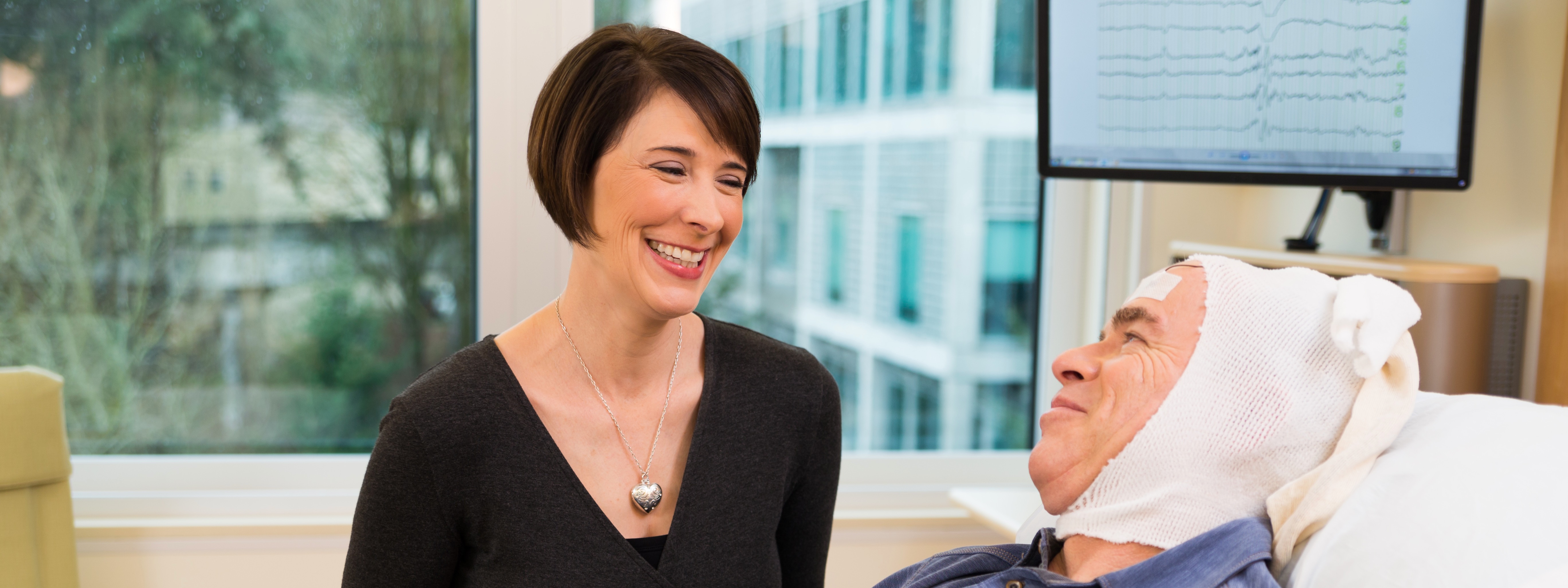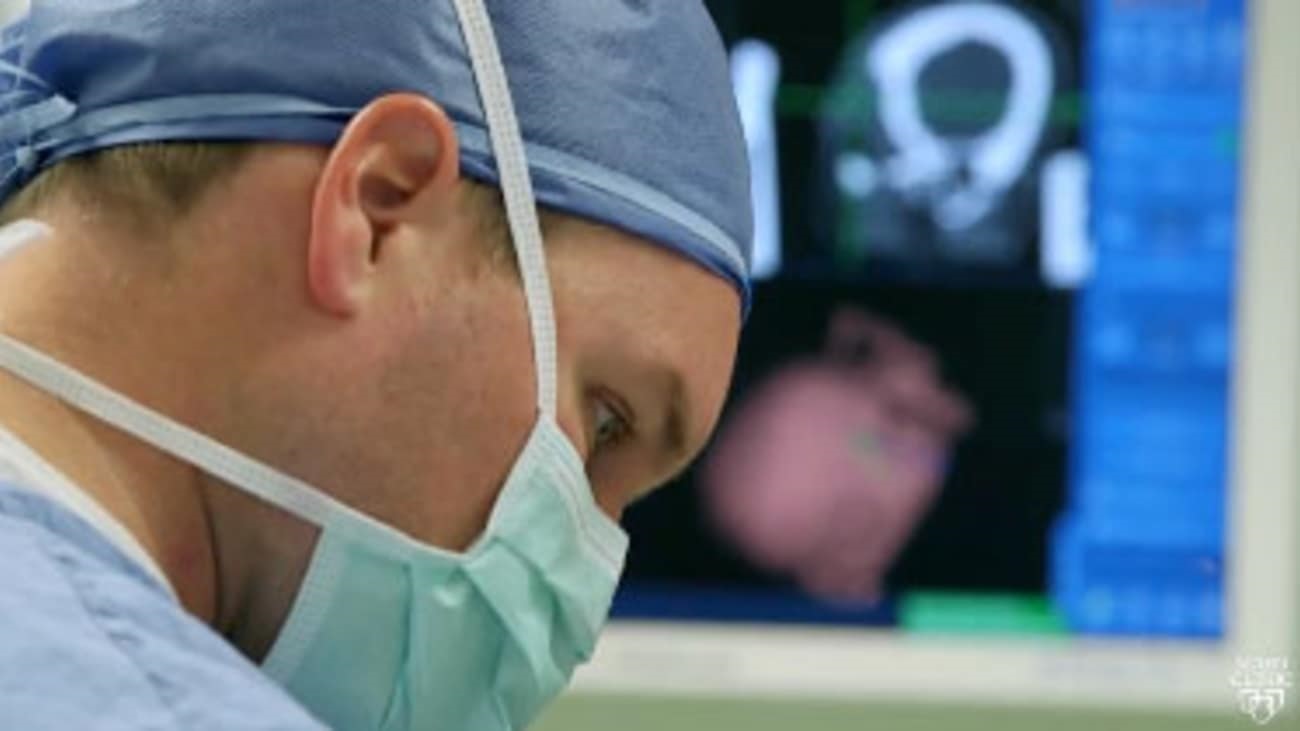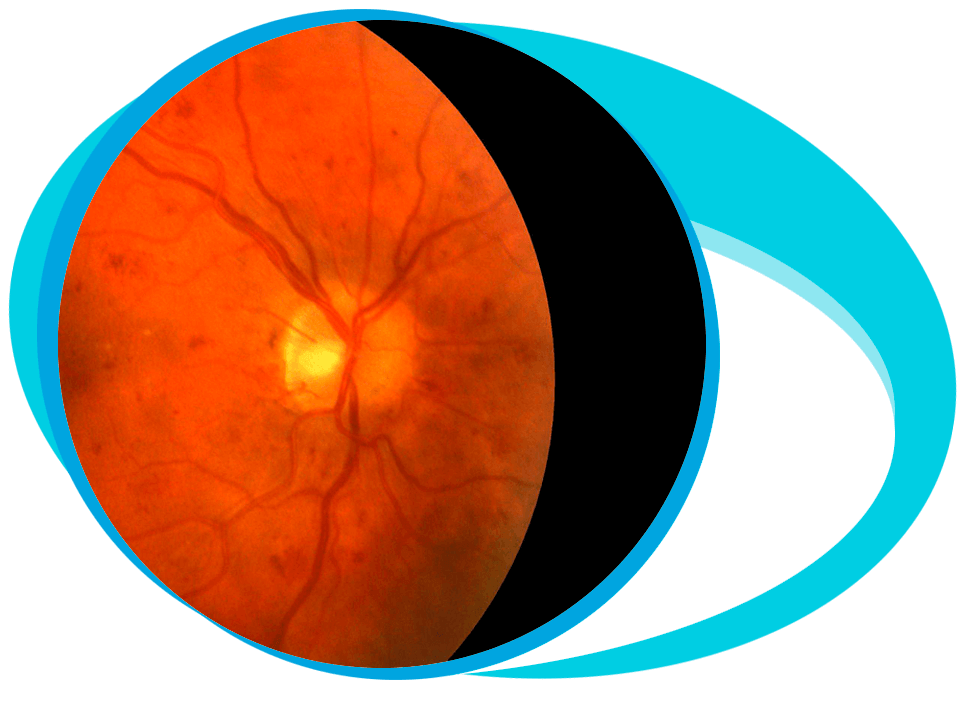Epilepsy Treatment in Iran Details
What is Epilepsy?
A disorder of the brain that also includes recurring seizures is termed as epilepsy.
These seizures are due to chemical and electrical activity of the brain.
Seizures can happen anywhere in the brain and involves multiple causes.
A person has seizures when:
- The causes of the seizures can be prevented.
- There are 2 or more seizures.
Fits, convulsions or episodes are the other names for seizures.
Seizures come suddenly and changes a child’s state of physical activity and awareness for a temporary period.
Convulsions or fits also affect the senses like sensation, smell or vision.
Causes of Epilepsy
The causes of seizures cannot be recognized (idiopathic).
These seizures can occur at any age but generally they begin in between the age of 5-20.
They can also occur due to family history of epilepsy or seizures.
Other causes include the followings:
- Brain strokes or tumors
- A brain injury
- Birth injuries
- Alcohol withdrawal
- An infection that affects the developing brain of a fetus during pregnancy
- Poisoning like alcohol or lead poisoning
- Encephalitis, Meningitis or any other type of infection that affects the brain
- Lack of oxygen to an infant’s brain during childbirth
Epilepsy Symptoms
Seizures are considered as one of the symptoms of epilepsy.
Seizures are of many types and they can feel and look different that depends upon how quickly or how far they spread to the brain.
For example
- A person may black out and fall on the ground.
- A person may experience a strange feeling as if he or she is out of touch with their surroundings.
- Arms may jerk suddenly.
- Muscles may feel limp or stiff.
- A person may tremble or twitch
Types of Epilepsy
Partial Epilepsy
- Complex partial seizure
- Simple partial seizure
Generalized Epilepsy
- Absences
- Generalized tonic clonic seizures
- Myoclonic epilepsy
Partial is becoming generalized
Diagnosis and Tests for Epilepsy
A patient is required to have an electroencephalograph (EEG) which is done for reading the electrical activity of the brain.
The presence of seizures is confirmed by taking this test.
It is essential to do prolonged EEG monitoring as EEG can be normal in between seizures.
In order to locate any damaged brain tissue or scar, computer tomography (CT) scanning and magnetic resonance imaging (MRI) can be done.
Many times, PET (positron emission tomography) can also be done for examining blood flow to the brain.
Surgery for Epilepsy
When different tests show that seizures develop in a well-defined area of the brain without disturbing the vital functions of the brain such as motor function, hearing, vision, language or speech then surgery is performed. During the surgical procedure, the affected area of the brain is removed that causes seizures.
A different type of surgery is recommended when seizures begin in a specific part of the brain which cannot be removed.
In this case, a surgeon makes many cuts in the brain in order to prevent their spread to different parts of the brain.
Epilepsy Treatment Options
Till the time a person develops a second seizure, treatment for epilepsy will not begin.
This is due to the reason that a person may have one seizure and never develops a second seizure.
Medicines are successful in treating epilepsy.
These medicines do not cure epilepsy, they prevent recurring of the seizures.
These medicines change the chemical or electrical transmissions in the brain in a particle way that decreases the chance of a seizure.
Vagus Nerve Stimulation (VNS): VNS therapy is recommended when medicines are unable to control epilepsy.
During the surgical procedure, an electrical device is implanted underneath the skin.
The lead of this device is wrapped around one of the nerves on the neck’s left side.
This nerve is called as vagus nerve.
This device continuously passes an electric dose to the nerve in order to stimulate it.
This process reduces the severity and frequency of the seizures.
If a person is feeling a warning seizure symptom then extra stimulation is given for preventing recurrence of the seizure.
Ketogenic Diet: This is also considered as one of the treatments for epilepsy.
Ketogenic diet is recommended for children as it involves eating a diet which is low in proteins and carbohydrates and high in fats.
The chemical balance of the brain can be altered that also reduces the chance of having seizures.
Ketogenic diet is not meant for adults as the diet can result in any other serious medical condition like heart disease, high blood pressure or strokes.
Cost of Epilepsy Treatment
Compared to the surgical costs in Europe and America, the cost of epilepsy treatment is substantially lower in Iran due to its excellent health care facilities.

